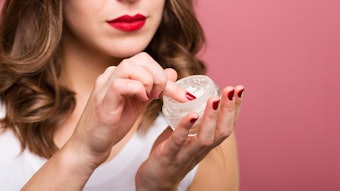
At the 29th EADV Congress, urbanization was reported to decrease natural bacterial diversity and increase pathogenic bacteria diversity in the skin, as Chris Callewaert, Ph.D., explained.
Related: {save} Skin with Ectoin-based Anti-pollution Line
In his work, Callewaert noted urbanization was associated with reduced outdoor exposure, increased contact with housing materials, antimicrobials and cleaning products, and increased exposure to synthetic chemical diversity. Through urbanization, according to the lecture, the natural human and plant-based molecules on the hands and skin are replaced by synthetic and cosmetic ingredients and show an increase in potentially pathogenic bacteria, stress-tolerant bacteria, and potentially pathogenic fungi and fungal biomass. These can have an impact on skin health and may be associated with typical Western skin pathologies.
The presented study was a collaborative investigation with many other leading researchers. Reportedly, this research represents the first systematic investigation into the effects of urbanization on the skin microbiome and metabolome.
“Urbanization represents a profound shift in human behavior, with significant cultural and health-associated consequences,” stated Callewaert. “It is really interesting to see that indigenous people, such as African hunter-gatherers and Amerindians, never suffer from acne, eczema, psoriasis, skin allergies, oily skin, dry skin or even skin cancer. There might be something in their microbiome that protects them.”
“We found huge losses of bacterial diversity on the skin with urbanization and more potentially, pathogenic bacteria and fungi on Western skin,” continued Callewaert. “These can have a direct impact on our skin health. We have many things to learn from indigenous people and should go back to basics in order to restore a healthy skin microbial equilibrium.”










